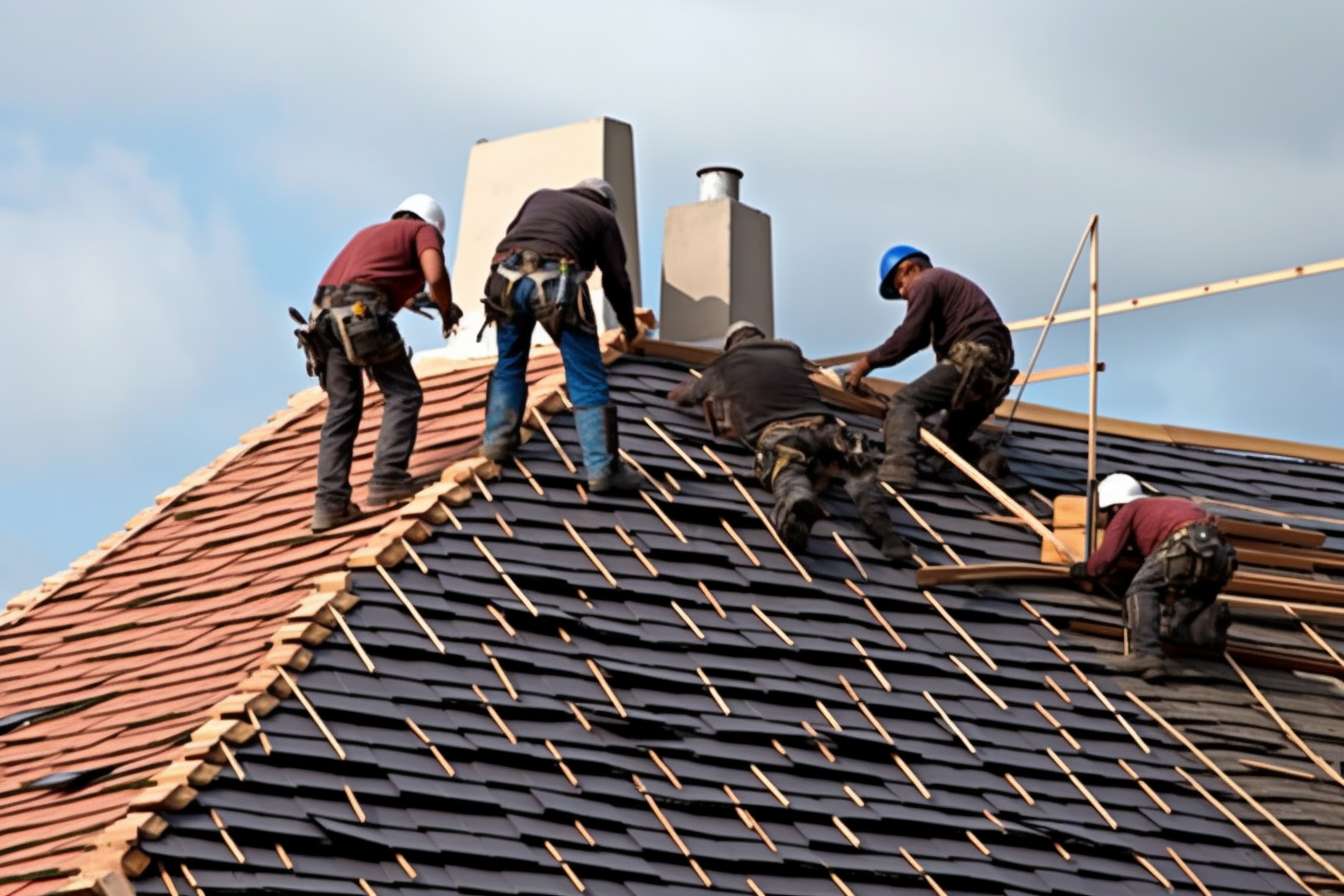Pool Gate Installation in the USA: What to Know Before You Start
Installing a secure and regulation-compliant pool gate is essential for safety and peace of mind. In the U.S., pool gate requirements may vary by state, but they all aim to prevent unauthorized access and protect families. This article explains the basics of pool gate installation and how it may connect with broader pool repair or maintenance needs.

Why Is Pool Gate Installation Important?
Pool gate installation is crucial for several reasons. First and foremost, it’s a matter of safety. A properly installed pool gate acts as a barrier, preventing young children and pets from accessing the pool area unsupervised. This can significantly reduce the risk of drowning accidents. Additionally, many states and local municipalities require pool gates as part of their building codes and safety regulations. Compliance with these laws not only ensures safety but also helps homeowners avoid potential fines or legal issues.
What Are the Typical Installation Steps?
Installing a pool gate typically involves several key steps. First, you’ll need to choose an appropriate location for the gate, ensuring it meets local code requirements for placement and accessibility. Next, you’ll prepare the area by measuring and marking the spots for posts. The posts are then set in concrete for stability. Once the posts are secure, the gate frame is attached, followed by the gate itself. Finally, you’ll install the locking mechanism and any additional safety features required by local regulations.
Do You Need a Permit in the USA?
In many areas of the USA, you will need a permit to install a pool gate. This is because pool gates are considered part of the overall pool safety barrier system, which is often subject to strict regulations. The permit process typically involves submitting plans that show the gate’s location, specifications, and how it complies with local pool safety codes. It’s important to check with your local building department or zoning office to understand the specific requirements in your area, as they can vary significantly from one jurisdiction to another.
When Should You Consider Repair Instead of Full Replacement?
There are instances where repairing an existing pool gate might be more appropriate than a full replacement. If the gate’s frame and posts are still in good condition but the locking mechanism is faulty, a repair might suffice. Similarly, if the gate is sagging or not closing properly due to loose hinges or a misaligned latch, these issues can often be fixed without replacing the entire gate. However, if the gate is severely rusted, damaged beyond simple repairs, or no longer meets current safety standards, a full replacement is usually necessary.
What Are the Key Safety Features of a Pool Gate?
When installing a pool gate, certain safety features are essential. The gate should be self-closing and self-latching, meaning it automatically closes and secures itself after someone passes through. The latch should be out of reach of young children, typically at least 54 inches from the ground. The gate should also open outward, away from the pool area, to make it more difficult for children to push it open. Additionally, the gate and surrounding fence should be at least 4 feet tall, with no footholds or handholds that could allow climbing.
How Much Does Pool Gate Installation Cost in the USA?
The cost of pool gate installation can vary widely depending on factors such as the gate’s material, size, and your location. Here’s a general overview of costs for different types of pool gates:
| Gate Type | Material | Average Cost Range |
|---|---|---|
| Basic | Aluminum | $200 - $400 |
| Mid-range | Wrought Iron | $400 - $800 |
| Premium | Glass | $800 - $2,000+ |
Prices, rates, or cost estimates mentioned in this article are based on the latest available information but may change over time. Independent research is advised before making financial decisions.
It’s important to note that these prices typically include only the gate itself and basic installation. Additional costs may include permits, which can range from $50 to $300, and any necessary modifications to existing fencing or structures. Labor costs can also vary significantly based on your location and the complexity of the installation.
In conclusion, pool gate installation is a critical aspect of pool safety and compliance with local regulations. Whether you’re installing a new gate or considering repairs to an existing one, it’s essential to prioritize safety features and adhere to local codes. By understanding the installation process, permit requirements, and cost considerations, you can make informed decisions to ensure your pool area is secure and enjoyable for everyone.




